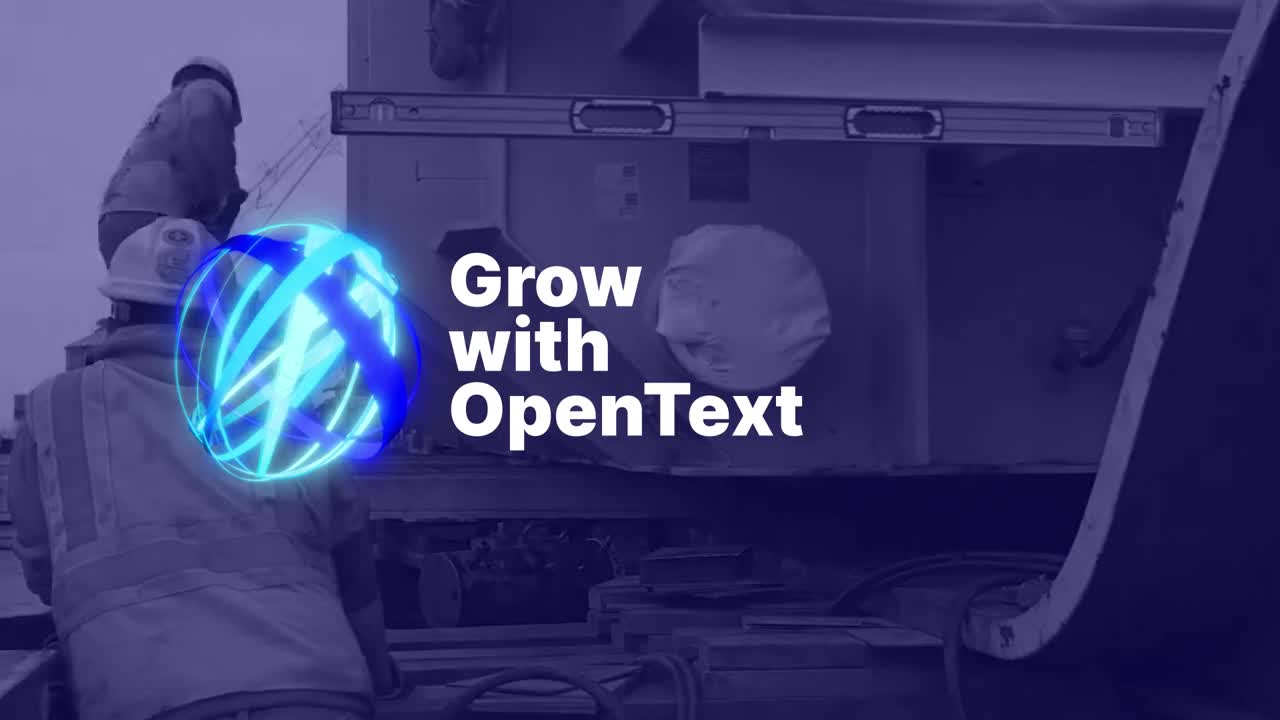“Our operations generate huge volumes of data and confidential documentation—everything from electrical engineering designs to real-estate records,” explains Lisa Aragon, Director, Ethics & Compliance at ITC. “Our records, documents and files must be maintained in accordance with stringent data protection, retention and management guidelines set by our regulators. To protect the company from regulatory and reputational risks, it’s crucial for us to meet these requirements at all times.”
To avoid accidentally disposing of data, ITC’s approach to records management was to retain as much information as possible. ITC recognized that continuing down this path could have ultimately led to decreased efficiency and increased costs related to storing, finding and managing growing volumes of content.
“While the previous approach ensured we had the right information when needed, retaining more documents than required did create challenges for the business,” comments Melissa DeKarske, Manager, Records and Information Management at ITC. “It took longer than necessary to sift through our records, which were intermingled with transient information that was no longer needed.”
Taking a fresh approach
To boost operational efficiency and savings, ITC looked for a solution to consolidate and automate its records management activities. After carefully evaluating several solutions, ITC decided to transform its approach to records management using OpenText Extended ECM.
Lisa Aragon comments, “We wanted the flexibility to try a range of approaches to records management and find the one that suited us best—and that’s exactly what the OpenText solution allows us to do. We were especially impressed with the fact that Extended ECM offers user-friendly, automated records management capabilities. It’s also easy to extend and integrate the solution with other platforms, which gave us confidence that the solution would support whatever records management process we ultimately decided on.”
ITC used Extended ECM to centralize and automate key records management activities across the organization and has established permission access control for over 700 users.
Looking ahead, the company plans to integrate other OpenText solutions that automate the process of making scanned documents searchable across different work environments, which will improve the user experience when searching for documents.
“During the implementation phase of the program, we made sure that every business unit at ITC had their voice heard, which helped us build up user adoption quickly,” says Melissa DeKarske. “Taking this approach also gave us a much deeper understanding of how each department manages their records so that we could design processes tailored to their unique needs.”
 ITC Holdings Corp.
ITC Holdings Corp.


